British Columbia is engulfed in a province-wide mountain pine beetle outbreak. Salvaging value from the dead pine trees is a government priority. To facilitate the salvage effort, government increased the allowable annual cut (AAC) by 80 percent in the three most severely affected timber supply areas; the Lakes, Prince George and Quesnel TSAs, which are also the study areas for this project.
The increased AAC led to concerns about the stewardship of non-timber values such as wildlife and biodiversity. To accommodate these concerns, the “timber uplift” (AAC increase) was to be accompanied by a “conservation uplift” (an increase in retention of mature forest structure in harvested areas).
This report summarizes the administrative appeal work done by the Forest Practices Board (the Board) from January 1, 2002 to March 31, 2009. A report published in 2002—Reviews and Appeals of Forest Practices Code Decisions in British Columbia, 1995-2001—summarizes the administrative appeal work done from 1995 to 2001.
Strategic land use planning can touch on all aspects of natural resource management. At the Forest Practices Board, our interest lies in the implications of that planning on forest and range practices. The Board reports on compliance with the Forest and Range Practices Act (FRPA) and achievement of its intent. This legislation, and the management regime surrounding it, are critical tools in implementing strategic land use plans.
In BC, the era of comprehensive, provincial scale strategic land use planning based on a consensus-seeking model is drawing to a close. The initial goal set in 1992, of doubling the protected areas system, has been achieved and exceeded. However, we have fallen short of the goal of implementing “comprehensive land and water use planning” based on “local involvement and shared decision making.
British Columbia is in the midst of the most severe mountain pine beetle (MPB) outbreak on record. In 1999 the infestation was 160,000 hectares in size and by the summer of 2006 it had affected 9.2 million hectares of forest to varying degrees. The Ministry of Forests and Range (MFR) projects that by the end of 2007, more than half of the merchantable pine volume in the province will be killed and, if the infestation continues to expand as it has in the past, nearly 80 percent of the merchantable pine will be dead by 2013.
In response to the outbreak, the allowable annual cut (AAC) in the interior of B.C. has been increased by 36 percent from 50 to 68 million cubic metres. From July 2001 until January 2004, the rationale for the uplifts was to facilitate attempts to control the expansion of the infestation. Beginning in October 2004, MFR began to acknowledge that control of the outbreak was not possible in many areas and further uplifts were determined primarily to salvage dead pine before it loses economic value.
This report describes the characteristics of pine stands attacked by mountain pine beetle in 1979. The objective is to report the mortality, “secondary structure” (seedlings, saplings and sub-canopy trees that survived the pine beetle attack), growth following release, and new regeneration, for stands attacked by mountain pine beetle 26 years ago. The rationale is that stands currently attacked by the mountain pine beetle, which are not salvaged, might also develop along similar pathways.
